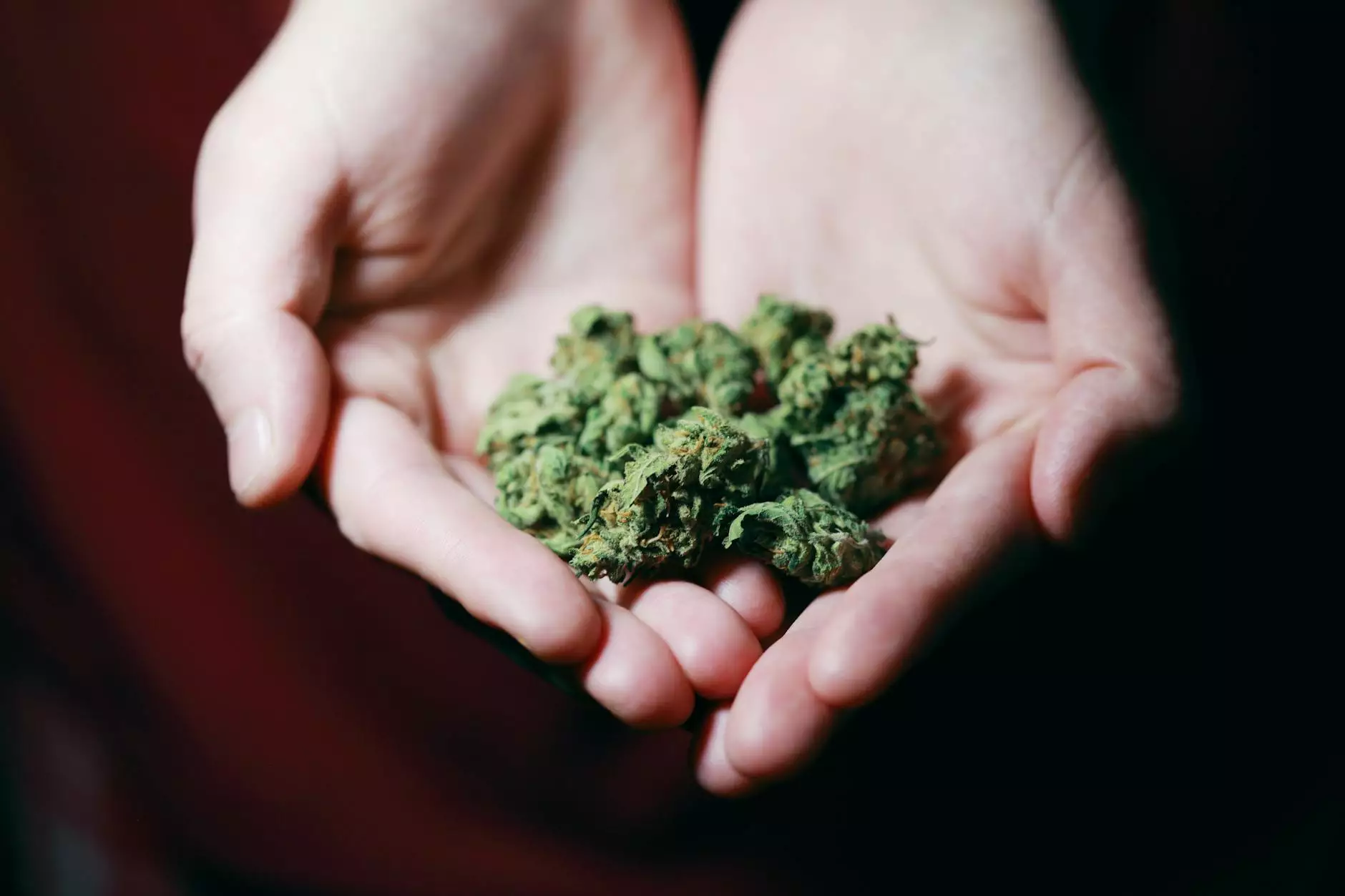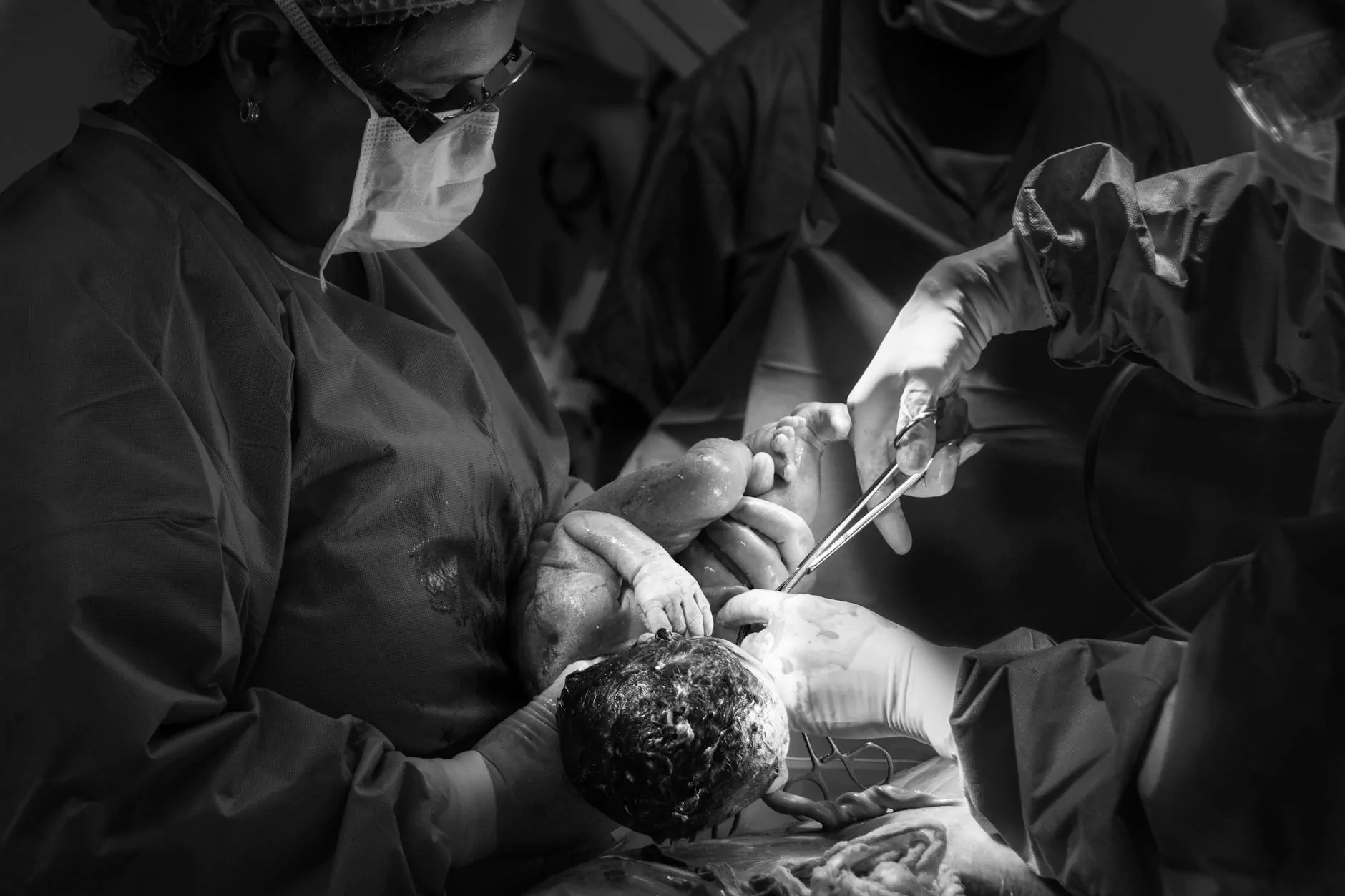When Pain Really Counts: Testicular Torsion
Health
Welcome to MUIR DIABLO OCCUPATIONAL MEDICINE's comprehensive guide on testicular torsion. In this article, we aim to provide you with detailed information about this serious condition, including its causes, symptoms, diagnosis, treatment options, and prevention strategies.
Understanding Testicular Torsion
Testicular torsion refers to the twisting of the spermatic cord, resulting in the rotation of the testicle within the scrotum. This condition is a medical emergency and requires immediate attention. Testicular torsion disrupts the blood flow to the testicle, which can lead to tissue death if not promptly treated.
Causes of Testicular Torsion
Testicular torsion can occur due to various factors, including anatomical abnormalities, trauma, vigorous physical activity, and even sudden temperature changes. Certain individuals may also have a genetic predisposition to this condition. It is crucial to be aware of these risk factors to take preventive measures.
Symptoms of Testicular Torsion
The most notable symptom of testicular torsion is severe testicular pain that typically develops rapidly. Other common symptoms include swelling, tenderness, redness, and an elevated testicle within the scrotum. If you experience these symptoms, it is crucial to seek immediate medical attention.
Diagnosis of Testicular Torsion
Delays in diagnosis can significantly impact the treatment outcomes of testicular torsion. If you suspect testicular torsion, a healthcare professional will perform a physical examination, evaluate your symptoms, and may order additional tests such as a scrotal ultrasound to confirm the diagnosis. Early diagnosis is vital to prevent complications.
Treatment Options
The primary goal of treatment for testicular torsion is to restore blood flow to the affected testicle. Depending on the severity and duration of torsion, a doctor may attempt manual detorsion or recommend surgery. Surgery is often necessary to secure the testicle in place and prevent future episodes of torsion.
Prevention Strategies
While testicular torsion cannot be entirely prevented, there are measures you can take to reduce your risk. These include wearing protective gear during sports activities, avoiding strenuous physical exertion in extreme temperatures, and seeking prompt medical attention if you experience any symptoms suggestive of testicular torsion.
Contact MUIR DIABLO OCCUPATIONAL MEDICINE
If you have concerns about testicular torsion or require further information, we encourage you to reach out to the experienced medical professionals at MUIR DIABLO OCCUPATIONAL MEDICINE. Our knowledgeable team is dedicated to providing exceptional care and expert guidance in the field of occupational medicine.
Conclusion
Testicular torsion is a critical condition that requires swift medical intervention. By understanding the causes, recognizing the symptoms, seeking timely diagnosis, and exploring treatment options, you can ensure optimal outcomes. Remember, your health matters, and taking proactive steps towards prevention and early detection is crucial.



